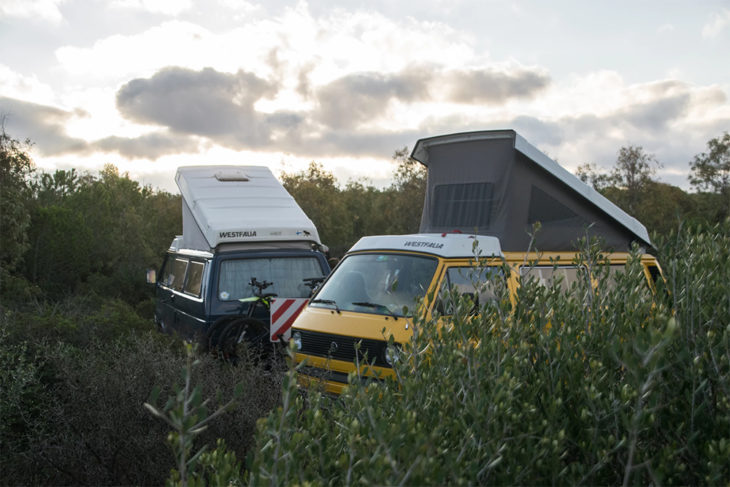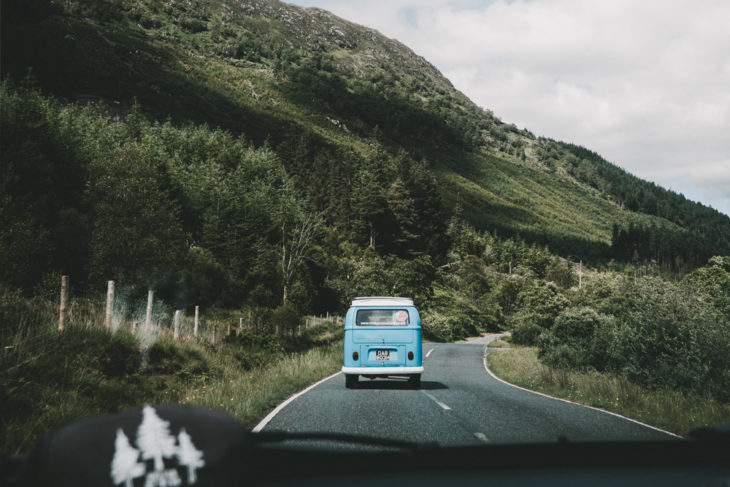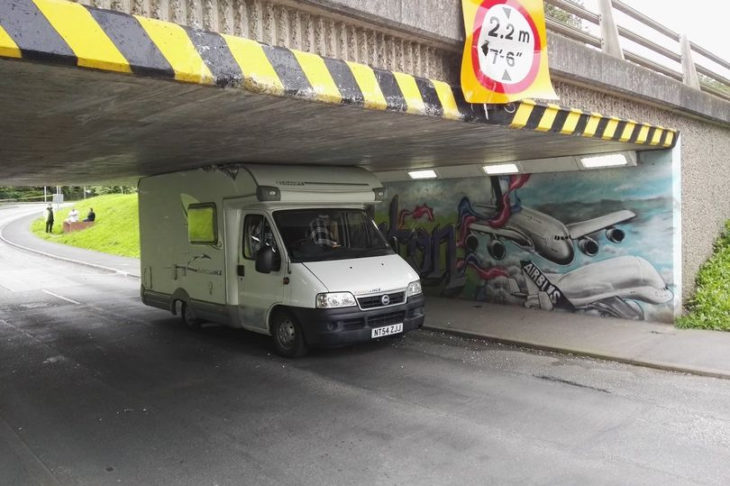If you are one of the growing numbers of people deciding to take to the open road with a motorhome, then we’ve got a list of helpful tips to ensure that your journeys are stress free and you enjoy many happy miles at the wheel of your new home from home.
Can you legally drive it?
First things first. Before you’ve even bought your vehicle, you should check out the legalities of what you can and can’t drive based on your actual driving licence. Don’t be tempted to buy a spacious motorhome to fit in all your kit and give you plenty of room to move around in only to discover that you can’t even drive it off the sales room forecourt!
If you passed your driving test prior to 1997, you’re automatically entitled to drive vehicles in the C1 category. These are vehicles up to 7,500kg. However, there is a slight complication when you hit the age of 70 as you are likely to lose the C1 category when you renew your licence, though this can be rectified by enlisting the help of your GP.
If your driving licence was issued after January 1997, it will only cover you to drive small motorhomes up to 3,500kg. You will need to sit another test to allow you to drive vehicles over this weight.
Do you have motorhome insurance?
You’ll need to ensure that you have your motorhome covered by insurance, so it’s a good idea to use a comparison website – see https://www.comparevaninsurance.com for a comprehensive review of the market – in order to get the best insurance quote and the right type of cover for your circumstances. Remember to mention any modifications your motorhome may have, as well as where you are going and whether other drivers will need to be covered on your policy.
Where can you park?
It might seem obvious but you need to consider where you are going to keep your motorhome when you are not on the open road. Is your driveway big enough? Or is there a something in your house deeds which might prevent you from parking it outside your home and within the boundaries of your own property? If you are leaving it on the highway, make sure that there are no bylaws that say you can’t.
Have plenty of trial runs
Don’t leave your first experience behind the wheel to the day you set off on your first adventure. You are asking for trouble and it would be a shame to spoil your holiday because of a mishap. Instead, take your new motorhome out on a few short trips so that you get used to how it feels compared to driving a car. You’ll soon learn what you can and can’t do without any nasty consequences. And in case anything should go wrong, you’ll have time to put it right before you go on holiday.
Size does matter
A motorhome is likely to be much bigger than anything you’ve driven before. Even a small motorhome will seem daunting at first, but with a bit of practice you’ll soon be handling it like a pro. Drive carefully and slower than you would normally, and be extra careful when you brake, since the extra weight of the vehicle means it needs longer to come to a stop.
You need to know your new vehicle’s dimensions, especially its height and width. Many car parks have height restrictions, while multi-storey car parks and low bridges are a definite no-go.
Don’t try to get as close as you can to the supermarket by squeezing into a car sized space – a motorhome simply won’t fit. Much better to park further away from the shops and use two spaces and a bit of leg work.
Country lanes can have narrow places with obstacles such as boulders that stick out or overhanging branches that can make a nasty dent if you’re not careful. If you have a very long vehicle, it is likely to have quite an overhang at the back, which is in danger of swinging out further than you think. Be mindful not to side swipe another vehicle, pedestrian or obstacle when you’re turning.
Another consequence of a long vehicle when turning is the backend cutting the corner. To counteract this, go out further into the junction before making the turn to ensure that your backend doesn’t mount the kerb, or worse.
Be a considerate driver
Talking about speed, you are likely to be travelling at a slower speed than ordinary road users. Bear in mind who is behind you, especially on country roads where it is difficult to overtake. Other road users will appreciate it if you pull over from time to time to let them pass.
Driving speed and the UK’s legal limits
The last word on speed goes to the legal speed limits on UK roads which, incidentally, are the same for cars as for small to medium sized motorhomes that weigh less than 3,050 kg when un-laden. If you have a heavier motorhome, then you need to stick to 50mph on single carriageways and 60mph on dual carriageways. Motorways are still 70mph, regardless of the weight of your vehicle. Here’s a handy overview of legal speed limits.
Safe motoring checklists
Before setting off from home or from an overnight stop, be sure to check that everything is battened down and secure. Driving off with a satellite dish or aerial on the roof, air vents open or windows not secured could prove costly. Similarly, failing to secure any things such as bikes on a rack or your electric hook-up is not desirable. Finally, make sure everything inside is secure so that you are not distracted by things rattling around whilst driving.











